NCEA Level 3 Biology - Speciation
1/28
There's no tags or description
Looks like no tags are added yet.
Name | Mastery | Learn | Test | Matching | Spaced |
|---|
No study sessions yet.
29 Terms
Evolution
The permanent genetic change (change in allele frequencies) in a population of individuals over time
population
Members of a species that live in the same geographical area and share a common gene pool.
Deme
A local population that has no or limited gene flow with members of other populations. Local natural selection pressures mean that the phenotypic features of the members of one population may differ from those of members of others.
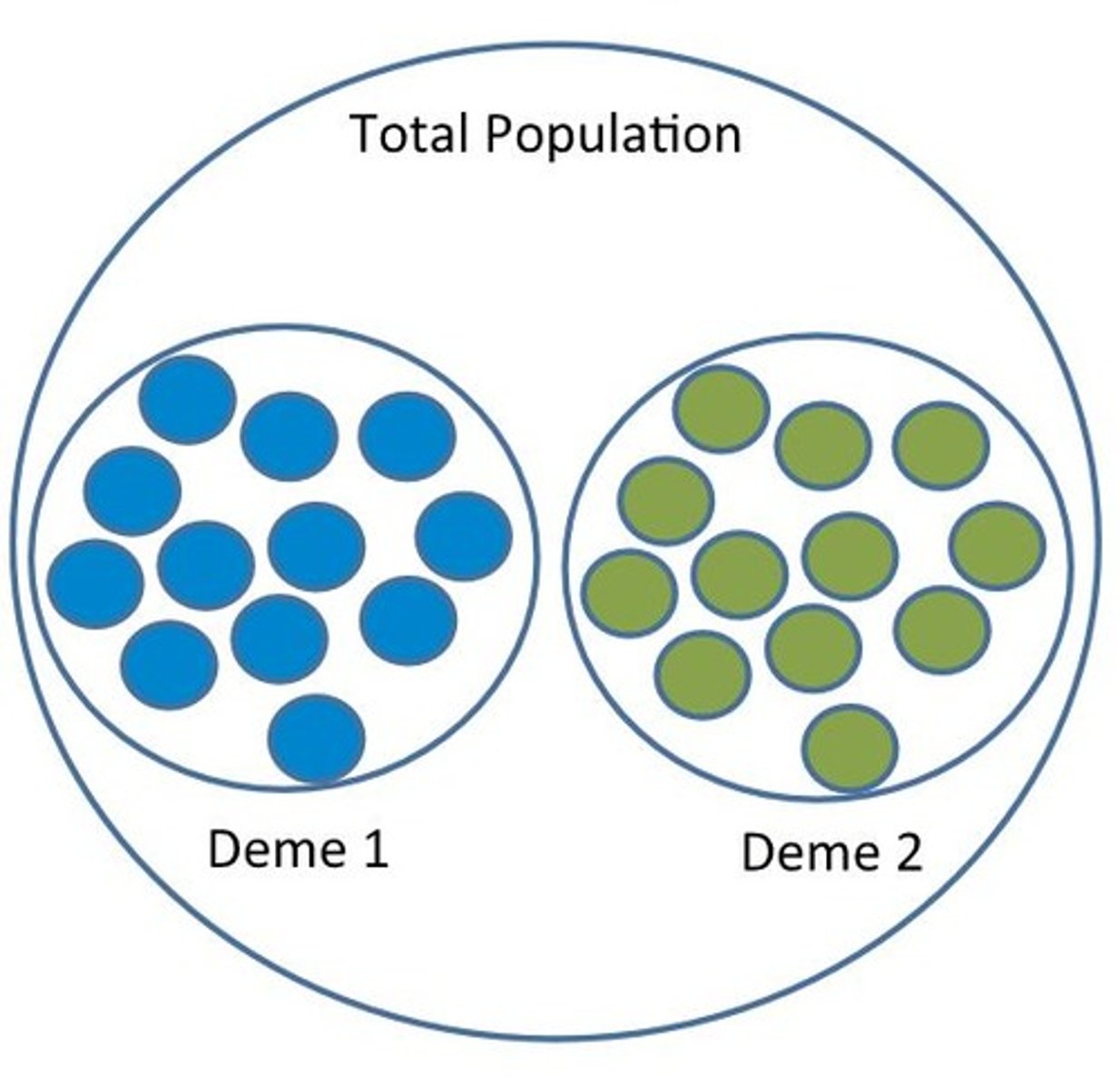
Cline
When a species has an extended geographical range, variation may occur along a gradient from one point of the range to another point.
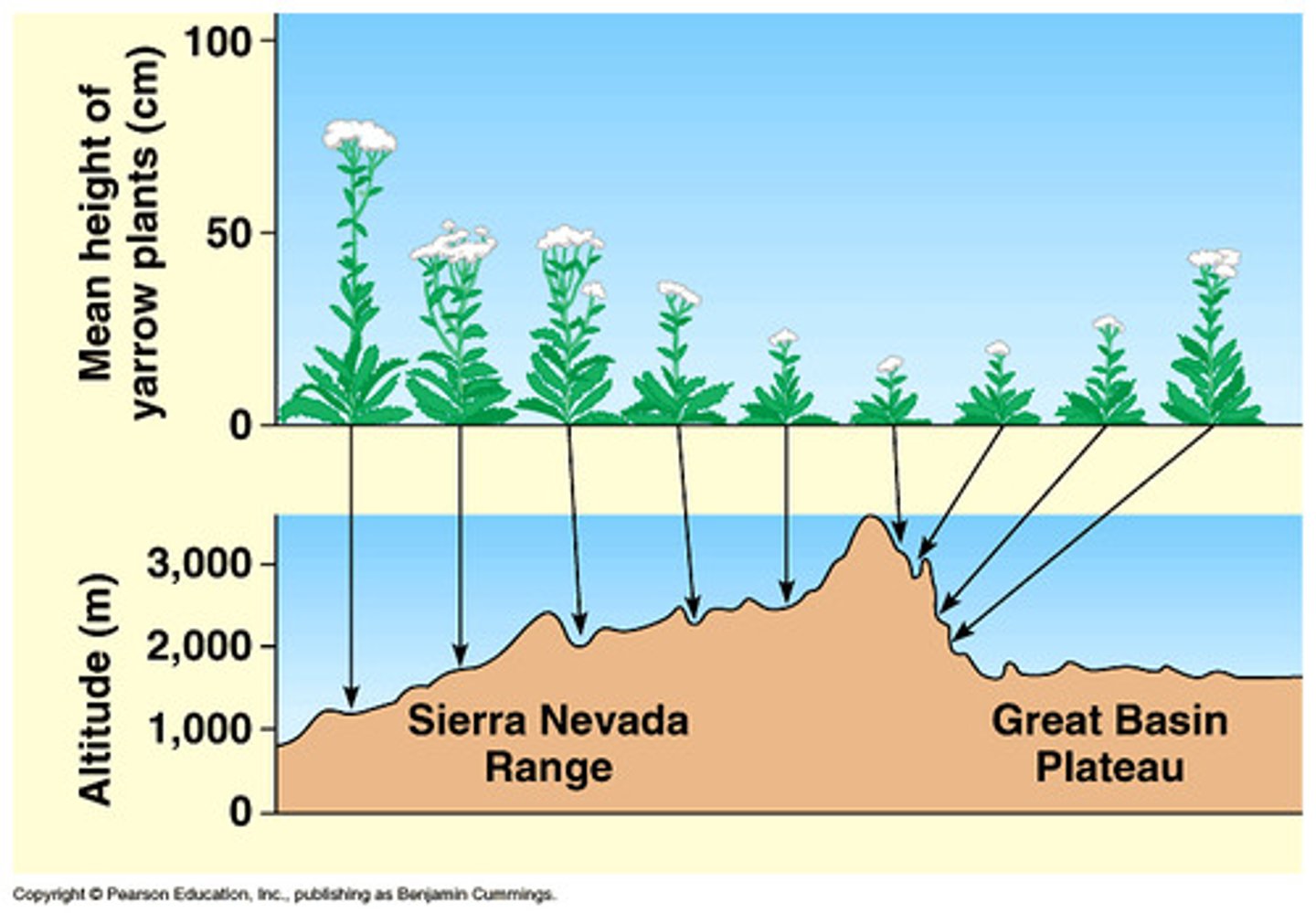
Gene flow
Movement of alleles carried by individuals between populations; an important source of genetic variation upon which natural selection can then act.
Genetic drift
The random change in allele frequencies of a population due to chance events.
Bottleneck effect
Catastrophic environmental events (fire, drought, floods, earthquakes etc) or human impact (habitat destruction, introduction of predators or competitors) can severely reduce a population size to just a small number of survivors.
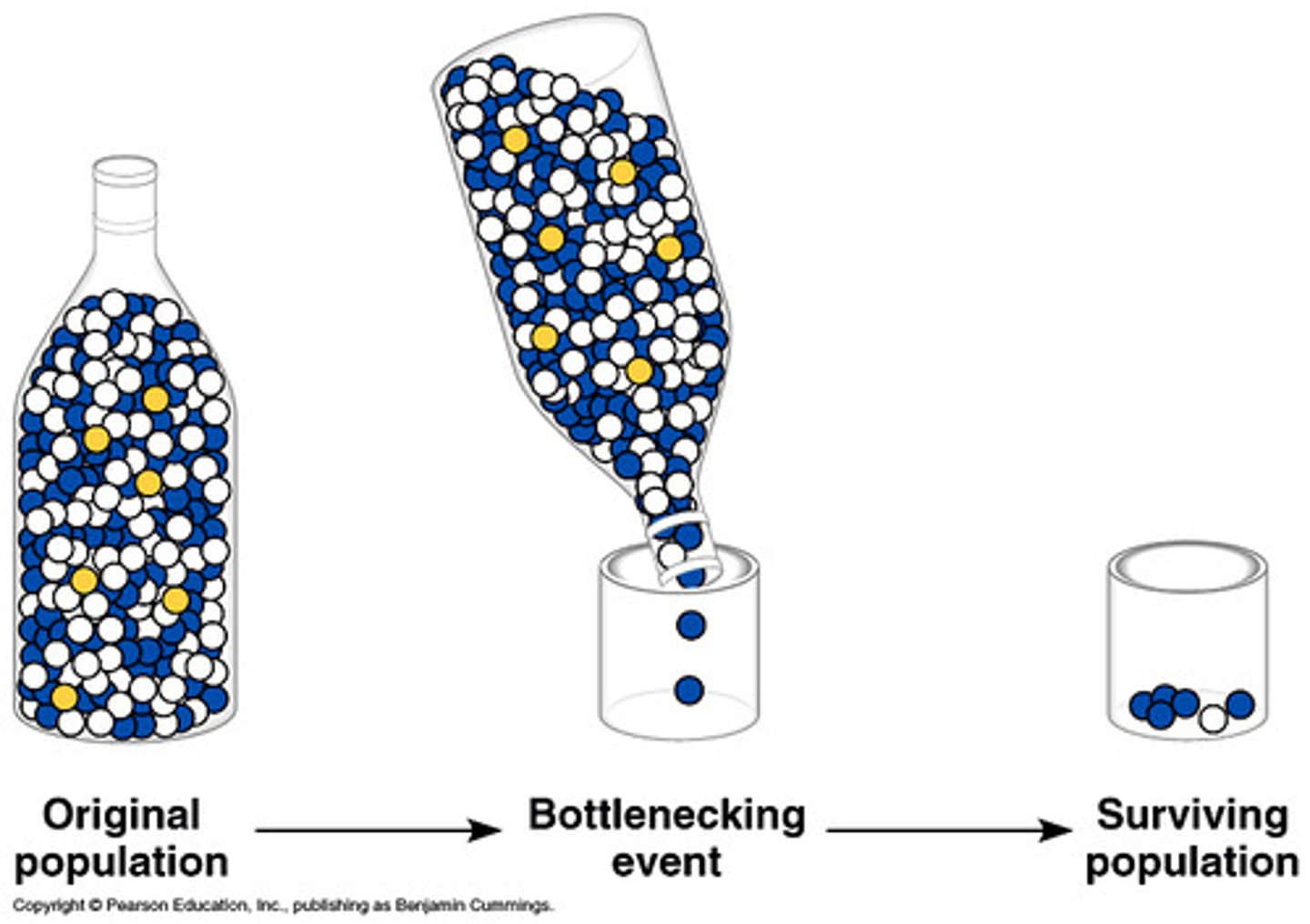
Founder effect
Occurs when only a few individuals from a population move into a new area. They may not possess a representative sample of the available genes from that species' gene pool.
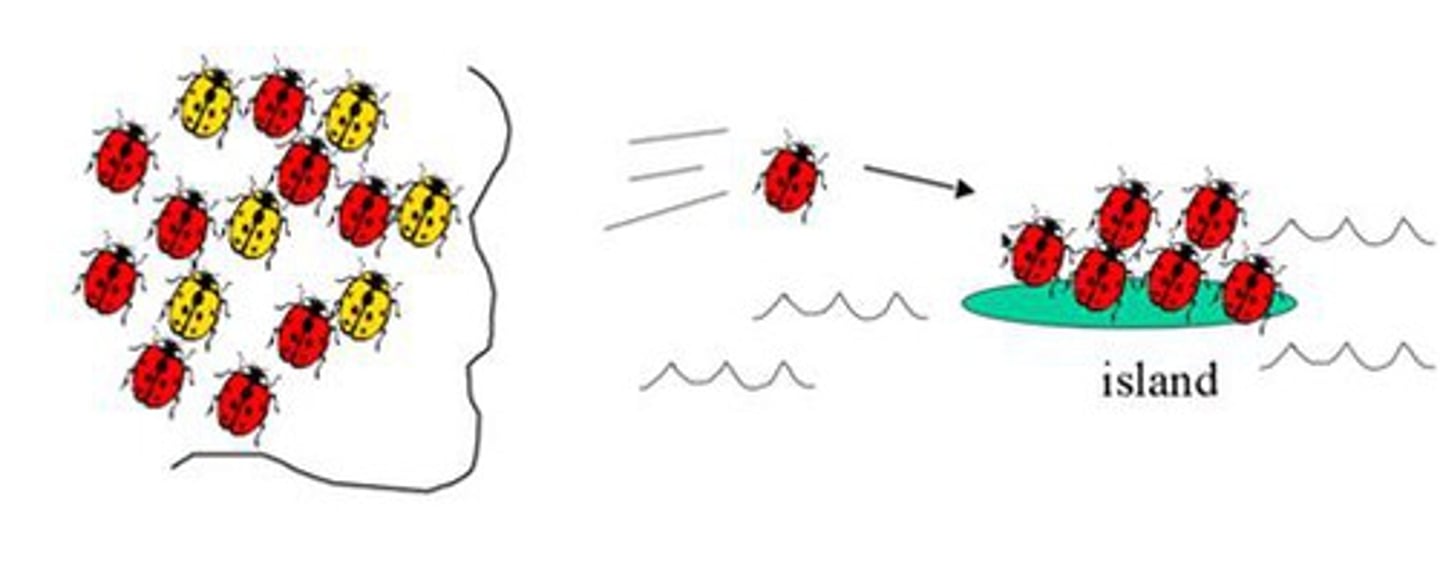
Inbreeding
Breeding between closely related individuals.
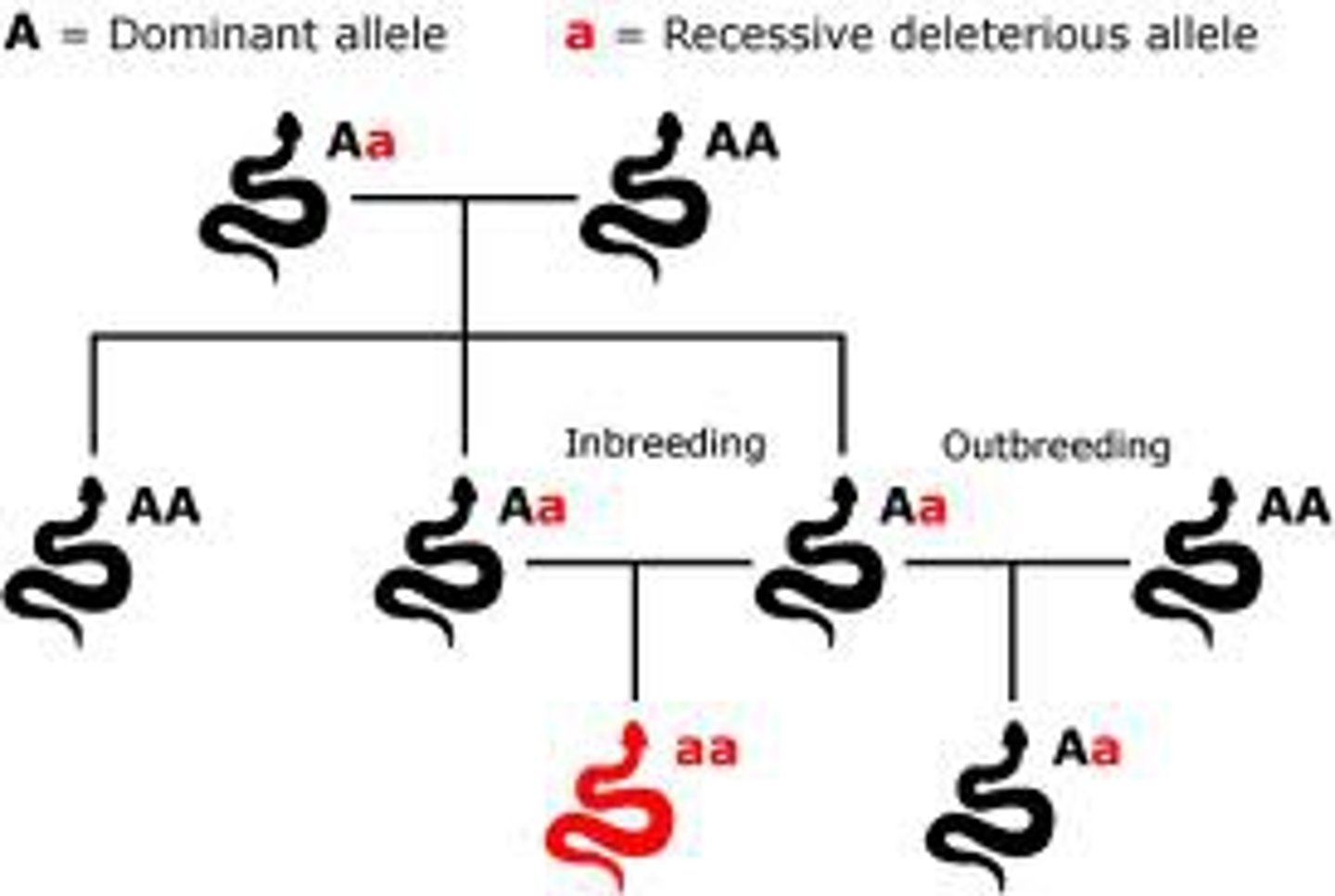
Natural selection
The process by which beneficial phenotypes in a population are preserved because they are selected for while unfavourable phenotypes tend to be lost because they are selected against.
Types of natural selection
- Stabilising
- Directional
- Disruptive
Stabilising natural selection
Favours the average phenotype and selects against both extremes.
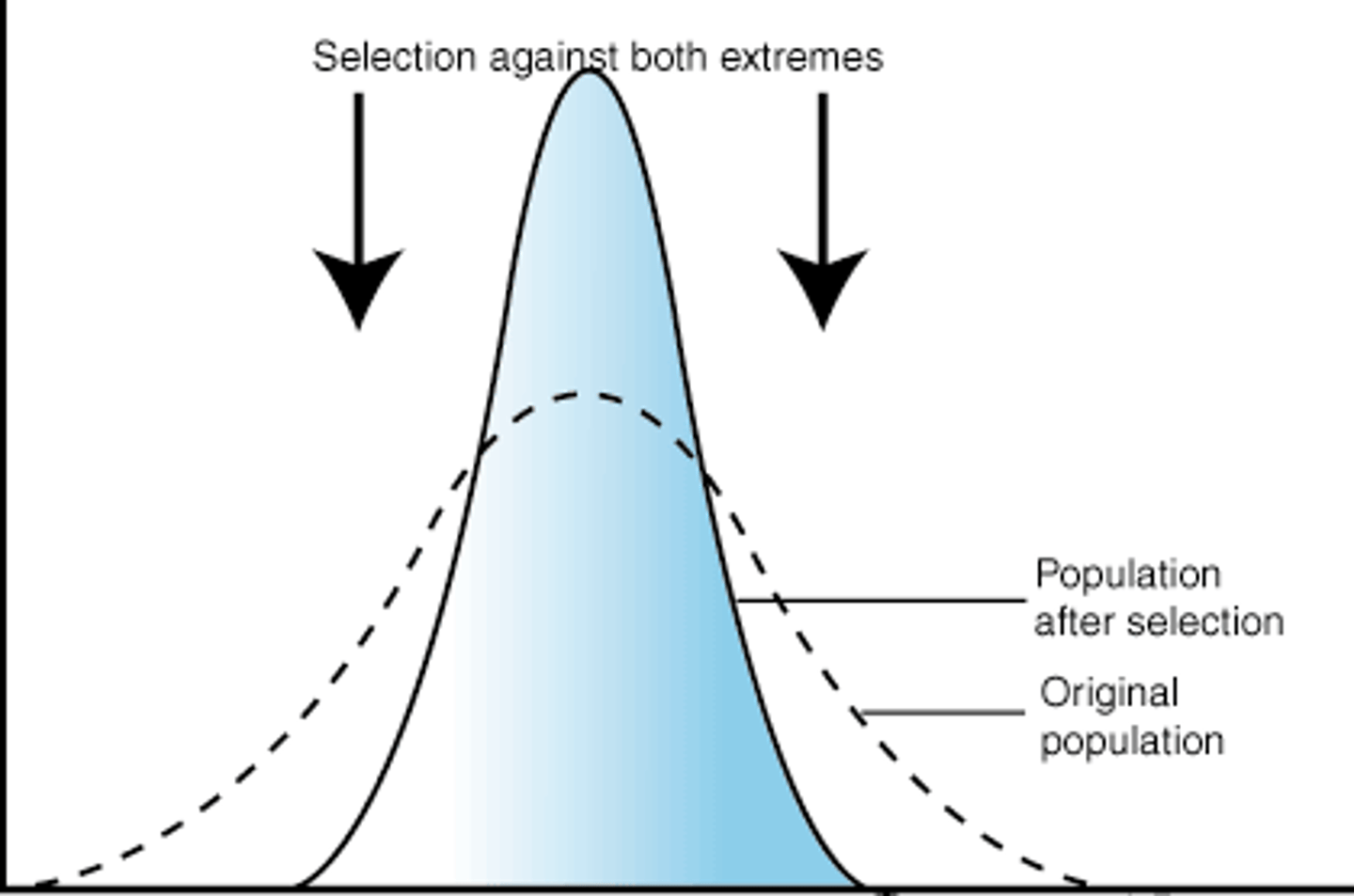
Directional natural selection
Favours one extreme phenotype over the others.
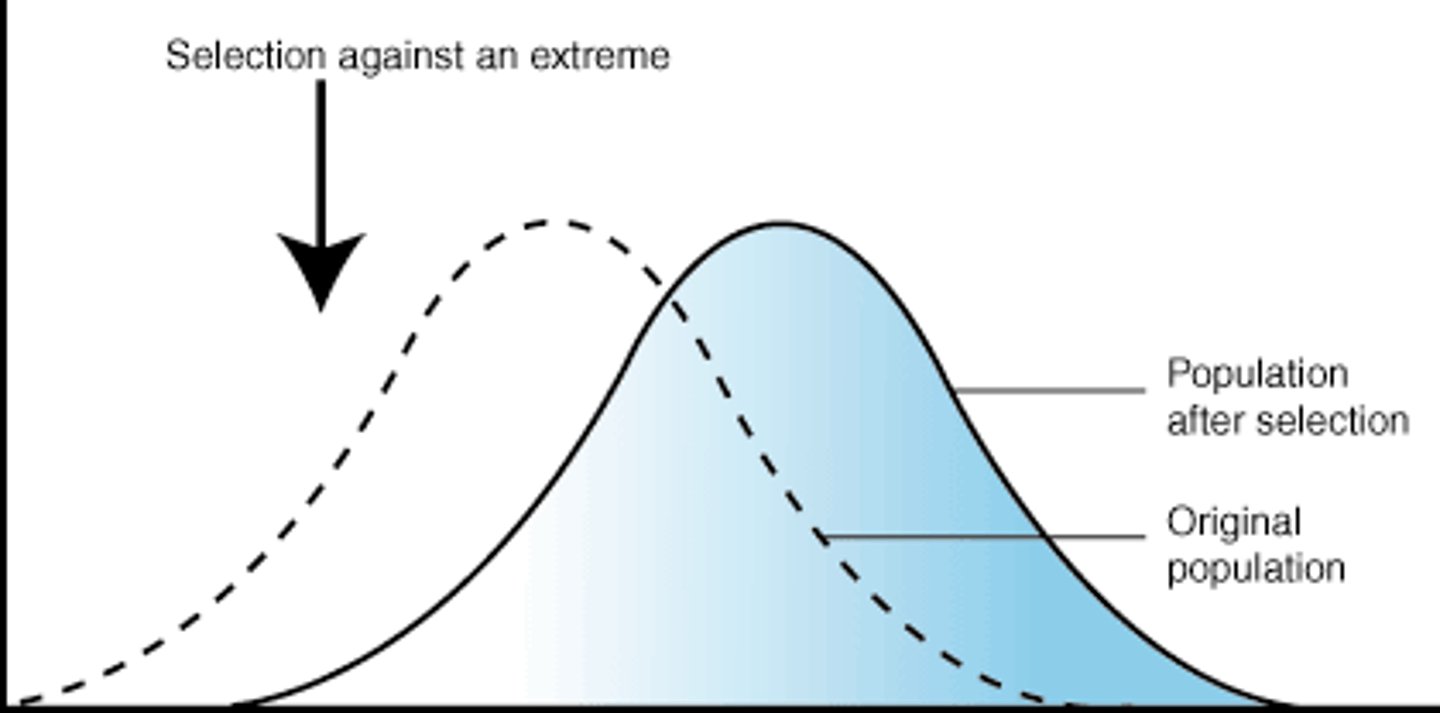
Disruptive natural selection
Favours both extreme phenotypes at the expense of the average.
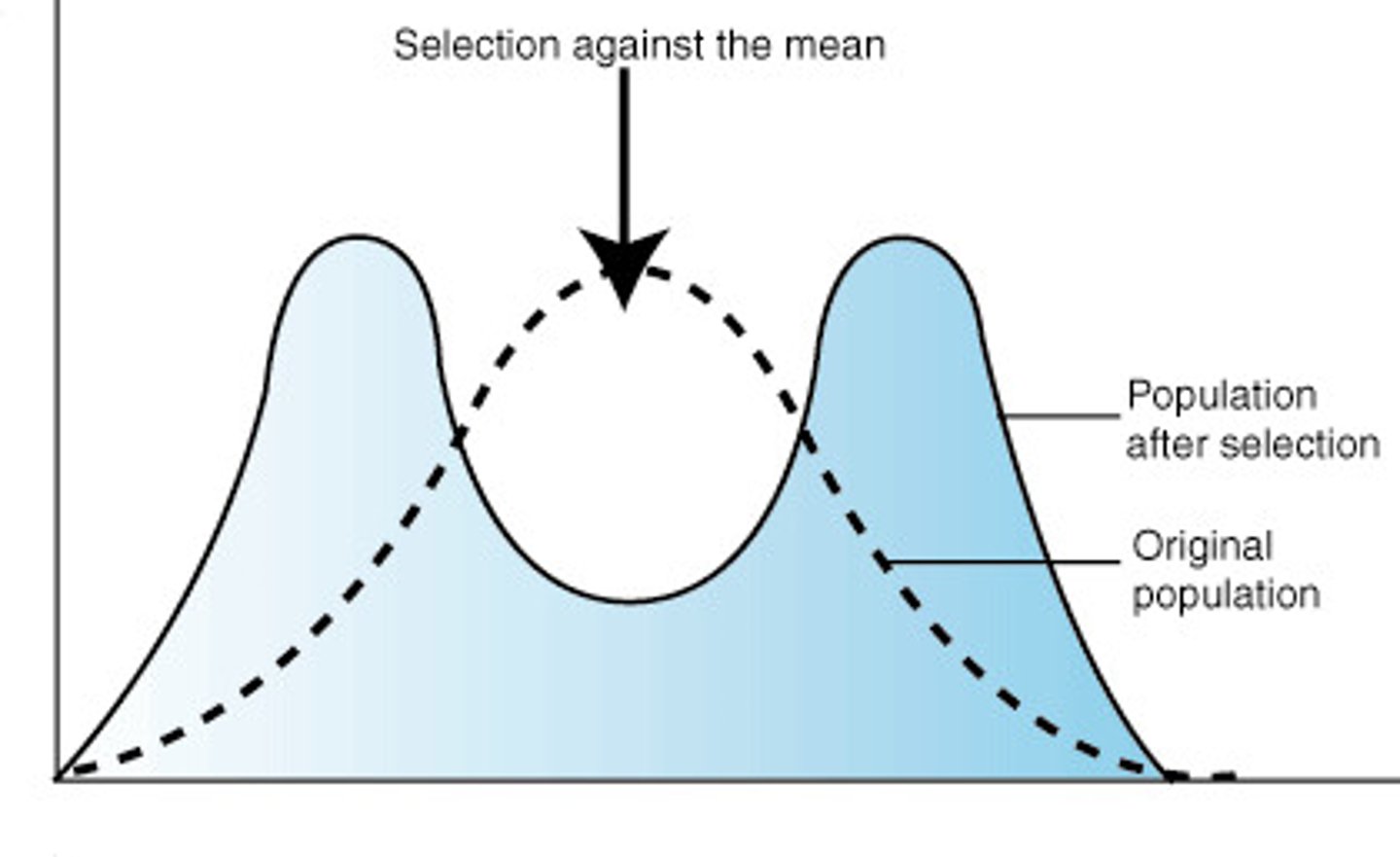
Mutation
Permanent change in the DNA in a gene or chromosome; ultimate source of variation.
Speciation
Formation of new species. It results from populations becoming reproductively isolated so gene flow can no longer occur.
Sympatric species
Closely related species that live in the same geographic location
Allopatric species
Closely related species that live in different geographic locations
Reproductive isolating mechanism
Any factor that stops members of populations of the same species or members of different species from breeding together; it acts as a barrier to gene flow. May be prezygotic or postzygotic.
Prezygotic isolating mechanisms
These include:
- Geographical isolation
- Structural (morphological) isolation
- Ecological isolation
- Temporal isolation
- Behavioural isolation
- Gametic isolation
Geographical isolation
Results from physical barriers (e.g. rivers, mountain ranges, oceans) separating populations.
Structural (morphological) isolation
Results from differences between the structure of external reproductive organs (genitalia) that do not allow for transfer of sperm between the sexes.
Ecological isolation
Results from differences in habitat within the same geographical area
Temporal isolation
Results from breeding behaviour resulting at different, non-overlapping times.
Behavioural isolation
Results from differences in behaviour, typically mating behaviour such as courtship.
Gametic isolation
Results from incompatibility of gametes.
Hybrid inviability
The zygote, embryo or offspring is inviable (i.e. unable to survive or develop normally), so dies early in its development.
Hybrid sterility
The hybrid reaches maturity but is infertile so cannot breed.
Hybrid breakdown
Occurs when the hybrid reaches maturity and is able to breed but the next or subsequent generations are infertile or have reduced reproductive capability.